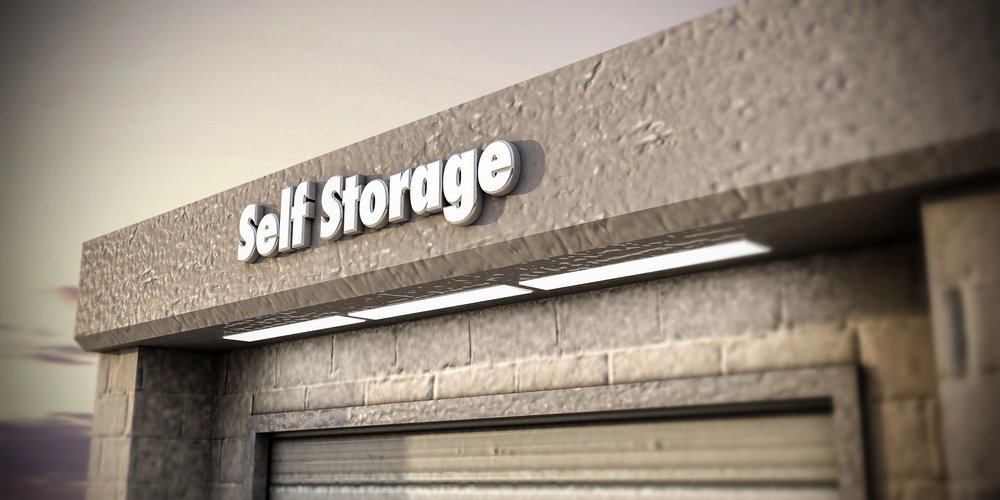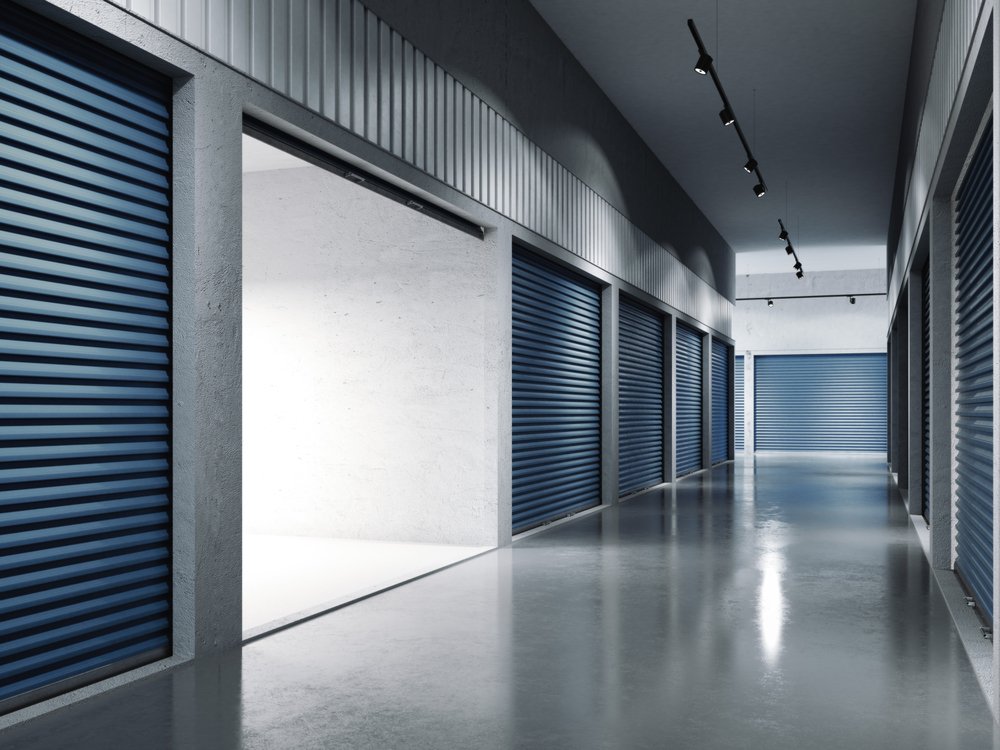Clutter storage reviews paint a contradictory picture. The company boasts a 92% customer satisfaction rate, yet their review rating sits at just 2.6 out of 5.
Their rates seem like a bargain at 57% below market average ($1,027 for local moves). However, customer feedback reveals some troubling patterns. Most customers give them the lowest possible rating, with 63% leaving just 1 star. Customers frequently mention damaged belongings and surprise cost increases.
Clutter has served more than 50,000 customers across the country. Their mixed reputation makes us want to break down what’s really going on. We looked at everything from their warehouse operations to their pricing model to help explain these conflicting reviews.
What Clutter Storage Actually Offers in 2025
Smart Storage is Clutter’s main service that brings a fresh take on storage solutions. Their team takes care of everything – from wrapping and packing to transportation and digital inventory management.
Core Storage Services Overview
Clutter’s Move & Pack Specialists come to your place with boxes and packing materials at no extra cost. On top of that, they take photos of each item to create a complete digital inventory that you can check through your online Account Portal. You can ask for specific items to be delivered back without going to the storage facility.
The warehouses have temperature control systems and round-the-clock security. Regular cleaning and pest control keep your items safe from dust, dirt, and pests.
Current Pricing Structure
Your monthly storage rates depend on how much space you need and how long you’ll stay. The base rates for a 5′ × 5′ unit start at $94.00 and go up to $800.00 for a 10′ × 50′ unit that fits a five-bedroom home. You can choose from three payment options:
- Month-to-month with standard rates
- 4-month commitment with 20% discount
- 8-month commitment with 40% discount
You can lower your monthly rates if you need less space later. This flexibility helps you pay only for the space you actually use.

Service Area Coverage
Clutter serves major metropolitan areas throughout North America. They operate in 26 locations, including:
- East Coast: New York, Boston, Philadelphia
- West Coast: Los Angeles, San Francisco, Seattle
- Central: Chicago, Dallas, Houston
- Canada: Toronto
Clutter helps customers outside their service areas by arranging shipping or working with external moving companies. They excel at local moves within their service areas and offer same-day and different-day delivery options.
Real Customer Experience Data Analysis
Customer feedback analysis reveals stark contrasts in experiences with Clutter storage services. Complete data shows Clutter maintains a concerning 2.3-star rating from 49 reviews on Sitejabber. Their Trustpilot ratings paint a more positive picture.
Customer Satisfaction Metrics
The satisfaction data tells a complex story. Only 33% of users would recommend Clutter’s services to others. Notwithstanding that, customer feedback varies substantially across platforms. Trustpilot shows many positive reviews that praise efficiency and professionalism. Other platforms tell a different story.
Common Complaints Breakdown
Customer grievances show several recurring problems:
- Damaged Items: Many customers report broken furniture. The company offered as little as $42 for items worth hundreds
- Lost Belongings: Missing items plague customers. Some report 8 out of 15 crates disappeared
- Billing Issues: Storage costs tripled over four years for some customers. Many face unexpected price hikes and disputed charges
- Delivery Problems: Customers deal with late or missed deliveries and last-minute cancelations
Success Stories vs Horror Stories
Customer experiences show extreme contrasts instead of clear patterns. The positive reviews praise Clutter’s original service. Many highlight their packing efficiency and professional staff. One customer shared an excellent experience with careful handling during a third-floor walkup move.
These successes stand against serious horror stories. One alarming case involved $15,000 worth of damaged and lost items. Another customer lost vintage furniture valued at $14,000. The company offered just $150 in compensation.
Long-term storage situations show the most dramatic differences in experiences. Some customers maintain successful multi-year relationships with the service. Others watch their service quality decline steadily over time. The service deteriorated so badly for one customer that they “would rather burn all belongings than use the service again”.

Storage Facility Investigation
A look inside Clutter’s storage facilities shows a sophisticated infrastructure built for large-scale operations. The warehouses work like in Amazon or Costco distribution centers and use advanced technology with systematic organization methods.
Warehouse Conditions
These facilities use temperature control systems that keep a steady climate to protect stored items. This might look simple at first, but the right temperature control prevents damage from humidity and extreme weather changes. The staff regularly cleans and maintains these facilities to keep storage conditions at their best.
The team takes pest control very seriously. They follow strict rules and reject any items that show signs of infestation. This protects all stored belongings. But some facilities have faced criticism because reports suggest ceiling heights of 4 feet instead of the standard 8 feet.
The warehouses follow strict guidelines to prevent any hazards from disorder. The right storage methods and equipment use directly affect item safety and worker efficiency. Staff uses systematic approaches to store materials so items stay stable and secure without risk of sliding or collapse.
Security Measures
The security infrastructure has multiple layers of protection:
- 24/7 CCTV Surveillance: Cameras watch all entry and exit points while trained professionals keep constant oversight
- Controlled Access Systems: Storage areas are only accessible to authorized Clutter staff, which reduces security risks
- Professional Staff Protocol: Employees get specific training to handle and secure stored items
These measures protect stored belongings and stop unauthorized access. The facilities run monitoring systems around the clock to track all movement in storage areas. Security protocols line up with industry standards and need proper documentation and verification for facility access.
The team conducts regular security audits to check safety regulation compliance and focuses on proper storage techniques and hazard prevention. Clear aisles and proper spacing between storage units let authorized personnel move easily while keeping accident risks low.
Hidden Fees and Charges Exposed
Behind Clutter’s advertised transparent pricing, customers often find themselves surprised by a complex web of fees and charges. The company can change fees for existing services anytime, which leads to unexpected cost increases.
Monthly Rate Increases
Clutter’s pricing policies allow storage rates to increase without warning. The company has complete control over rate adjustments, and some customers have seen their monthly costs jump from $226.04 to $427.08. These increases happen because of:
- Rising operational costs
- Market demand changes
- Seasonal pricing shifts
- Contract term adjustments
Unlike traditional storage facilities, customers get confused when rates change due to Clutter’s automated payment system. The company gives customers a 7-day grace period before adding late fees to past-due payments.
Delivery Fee Structure
The delivery system has several key components you should know about. Every delivery comes with a minimum fee of $9.00, plus extra charges based on:
Full-service deliveries charge by the hour, and customers need to schedule deliveries 48 hours ahead. People who pick “flexer” or “saver” discount plans pay for the total time in their agreement, whatever the actual usage.
Cancelation Policies
Cancelation terms are tough, especially when you have a minimum storage term. Customers who cancel early must pay:
- Remaining balance for the minimum term
- Applicable termination fees
- Disposal fees
- Return fees
Customers who don’t arrange delivery of their items within 45 days of cancelation give Clutter the right to process or dispose of stored items. A $50.00 fee gets added on the 45th day of missed payments.
Storage insurance adds another cost to think over. Most units need insurance coverage, though Clutter lets you choose whether to opt in or out. Monthly fees aren’t prorated, so your final bill has the full month’s storage cost plus any labor fees for the return appointment.

Service Quality Test Results
Quality testing of Clutter’s services gives a clear picture of how well they operate. Their performance data shows detailed results in all service areas.
Item Protection Standards
The company protects stored items through a tiered system that starts with simple coverage at $1.00 per pound. Customers who want more security can choose extra protection up to $2,500 for their items. The protection plan covers:
- Items lost or damaged in Clutter’s care
- Property damage from gross negligence
- Personal effects up to set limits
Claims need proper documentation with pre-storage photos and damage reports submitted within five days of delivery. Clutter breaks down reported problems to find the cause and right compensation. They pay either repair costs or current market value, whichever costs less.
Delivery Speed Analysis
Clutter’s delivery system tracks items in real-time once scheduled. They promise to arrive within one-hour windows, and customers can check arrival times on their online portal. Delivery requests need 48-hour notice, based on schedule availability.
The move-day tracking system watches several delivery metrics at once. Customers can see their items move from warehouse to destination, with updates on mover location and arrival time.
Customer Support Response Times
Clutter’s customer support numbers look better, with email response times down 25% after new management systems started. The People Team handles many daily questions through specialized systems that speed up communication.
Support works better with:
- Queries assigned by location
- Ready answers for common questions
- Representatives dedicated to specific areas
Their email system quickly assigns questions based on business units and locations. This approach leads to faster solutions while giving personal attention to specific issues.
Conclusion
Clutter Storage offers a mixed bag of modern storage solutions. Their technological infrastructure and professional approach definitely make them stand out, but customer experiences tell two different stories. Some customers love their quick packing and digital inventory system, while others struggle with damaged items and unexpected price hikes.
The facts paint a clear picture. Clutter’s base rates begin 57% below market average, but hidden fees and regular price increases can substantially affect your long-term storage costs. Their security measures and warehouse conditions match industry standards, though some facilities have problems like low ceiling heights.
Clutter proves most effective for short-term storage needs in their service areas. The company excels in service quality and tech-forward solutions at first, but their long-term reliability raises questions. Before signing up, customers should review protection plans and pricing structure carefully. Their $1.00 per pound basic coverage might not protect valuable items enough.
Smart customers should look beyond advertised rates and consider future price increases and extra fees in their budget. Their claimed 92% satisfaction rate compared to actual review scores of 2.6 out of 5 shows why customers need realistic expectations.


As a former employee, I’d never thought I’d defend Clutter Storage. It all started with Brian Thomas and then Ari Mir took over. Brian cared about people’s personal items. Brian would be at the warehouse until the last team came back, even if it was AM times. Ari took over, ousted Brian and decided to aggressively expand without properly knowing ‘why’ we did this. Brian ran a tight ship. If a job was seriously too much for the designated team, he’d reveal himself and get into in the trenches with us. Ari didn’t come out of his office *at all*, unless his photographer was there. Brian, sweating with the rest of us, would fist bump us at the end of the job, and let us know he had us when it was too much, and that he was there for us. What those two went through deteriorated their friendship, and it was a company-wide thing.Not public; it was all whispers.
Ari wanted what Brian had, and when Ari gained influence with the board, Brian was forced out. Clutter, in it’s first iteration, was actually excellent. However, Ari cared about the status. Being CEO and (later Founder) was more important. Ari cared about profit; and this came to a head when A-listers were getting broken stuff.
If Brian remained in control of Clutter, this article wouldn’t exist. But he lost it; Ari took over, lost it himself, and now another CEO has been named. Anyone reading this, Brian and Iron Mountain didn’t contribute to Clutter Storage’s downfall.